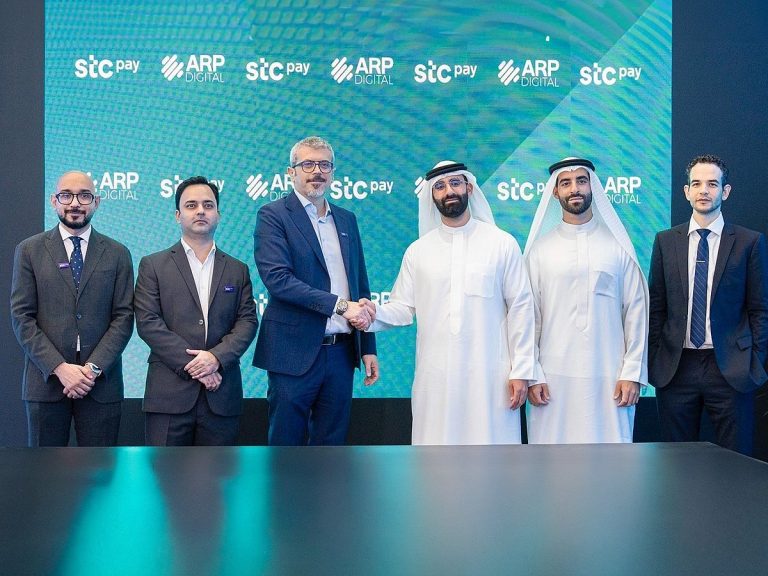Investment Sectors for UAE NRIs in India’s Economy
As India’s economy continues to expand, non-resident Indians (NRIs) based in the UAE are discovering new avenues to invest their capital back home. With relaxed regulations and a surge in various sectors, these investors are presented with diverse opportunities for long-term wealth creation. This article explores the most promising sectors for investment and the factors driving their growth.
Promising Sectors for Investment
Renewable Energy
The renewable energy sector stands out as a key area for long-term investment. With government support and a projected compound annual growth rate (CAGR) of 8.7%, the market is expected to reach $46.7 billion by 2032. Instruments such as green bonds and equities, like Adani Green, offer NRIs a chance to participate in India’s ambitious clean energy initiatives.
Fintech
Fintech is rapidly emerging as one of India’s most dynamic industries, currently valued at $145 billion and boasting an impressive 87% adoption rate. Investment options include fintech mutual funds and shares in companies like Paytm, which provide exposure to a thriving digital finance ecosystem. The sector’s growth is fueled by increasing digital transactions and innovations in financial services.
E-commerce and Consumer Goods
The e-commerce sector, particularly fast-moving consumer goods (FMCG), is experiencing steady growth, expanding at an annual rate of 11%. NRIs can invest in exchange-traded funds linked to major players like Flipkart, allowing for diversified exposure to India’s growing consumption market.
Healthcare and Pharmaceuticals
The healthcare sector remains attractive for long-term investors due to its strong fundamentals and global demand. Companies such as Sun Pharma offer stable investment opportunities, with the sector projected to reach $88.86 billion by 2032, growing at a CAGR of 5.92%. This growth is driven by increasing healthcare needs and advancements in medical technology.
Regulatory Reforms and Investment Climate
Recent reforms in India have made the investment landscape more appealing for foreign investors. Changes in regulations and tax structures have positively impacted foreign portfolio and direct investments. Notable improvements include eased timelines for the Securities and Exchange Board of India (SEBI) and Foreign Portfolio Investors (FPI), higher investment caps, and incentives like production-linked schemes.
Real Estate
Real estate continues to be a significant asset class for NRIs, accounting for approximately 15% to 25% of transactions in the sector. Factors such as reduced Goods and Services Tax (GST), stamp duty cuts, and access to External Commercial Borrowings (ECB) contribute to a projected market size of $1 trillion by 2030. This sector remains a preferred long-term store of value for many investors.
Emerging Sectors
Beyond established industries, new sectors are gaining traction among NRIs. The semiconductor industry, for instance, is expected to grow from $38 billion to $109 billion by 2030, supported by 100% FDI approval and substantial government subsidies. Additionally, global capability centers in areas like artificial intelligence and research and development are projected to reach $110 billion by 2030.
Challenges and Considerations
Despite the optimistic outlook, investors must navigate several challenges, including currency fluctuations, policy changes, and economic cycles. For example, the Indian rupee experienced a 1.4% decline in May 2025, highlighting the importance of hedging strategies such as Foreign Currency Non-Resident (FCNR) deposits.
Investors should also be aware of potential political volatility and global tariff disruptions that may affect short-term performance. Diversification and continuous monitoring of market indicators are essential strategies for mitigating risks.
Investment Strategies
Experts recommend a balanced investment approach, suggesting a 60-40 split between growth and stability assets through Non-Resident External (NRE) and Non-Resident Ordinary (NRO) accounts. For those interested in higher returns, small and medium enterprises (SMEs) and venture capital funds under Alternative Investment Funds (AIFs) can offer internal rates of return (IRR) between 15% and 25%, albeit with less control.
In real estate, a mix of Real Estate Investment Trusts (REITs) with yields of 7% to 9% for passive investors and direct ownership through power of attorney can provide returns of 8% to 12%. Starting with mutual funds and gradually transitioning into AIFs can enhance diversification and yield, with recommended allocations between 10% and 15%.
FAQs
What sectors are currently the best for NRI investment in India?
Renewable energy, fintech, e-commerce, and healthcare are among the top sectors for NRI investment, driven by strong growth and supportive government policies.
How can NRIs mitigate investment risks in India?
NRIs can mitigate risks by diversifying their portfolios, monitoring market indicators, and employing hedging strategies to protect against currency fluctuations.
What is the expected growth of the semiconductor industry in India?
The semiconductor industry in India is projected to grow from $38 billion to $109 billion by 2030, supported by favorable government policies and investment opportunities.
Conclusion
UAE-based NRIs have a unique opportunity to capitalize on India’s economic growth by investing in diverse sectors such as renewable energy, fintech, and healthcare. By navigating the evolving regulatory landscape and employing strategic investment approaches, they can build long-term wealth while contributing to India’s development. Staying informed and adaptable will be crucial for success in this dynamic market.
Also Read:
ADGM Launches New Digital Real Estate Services







